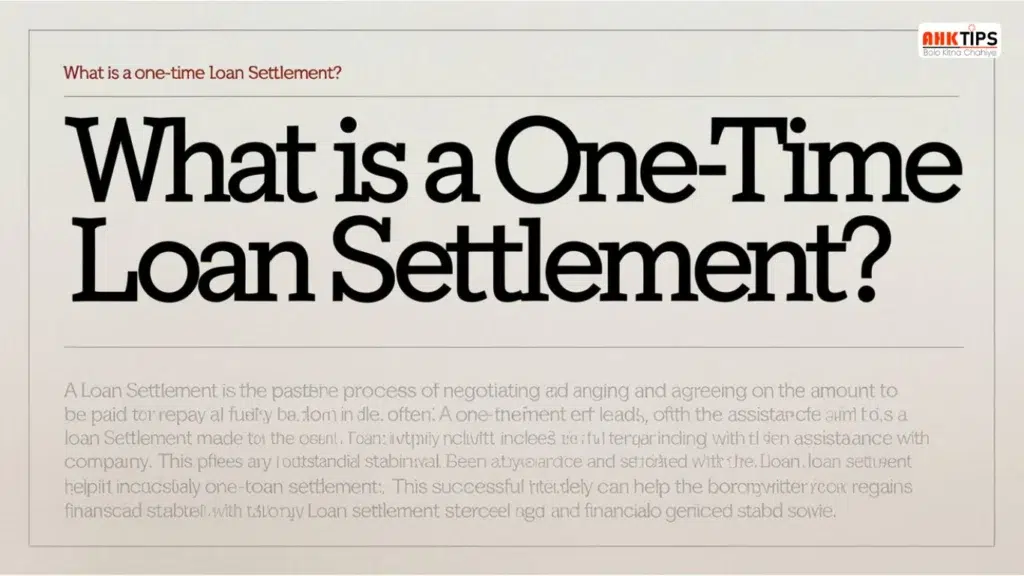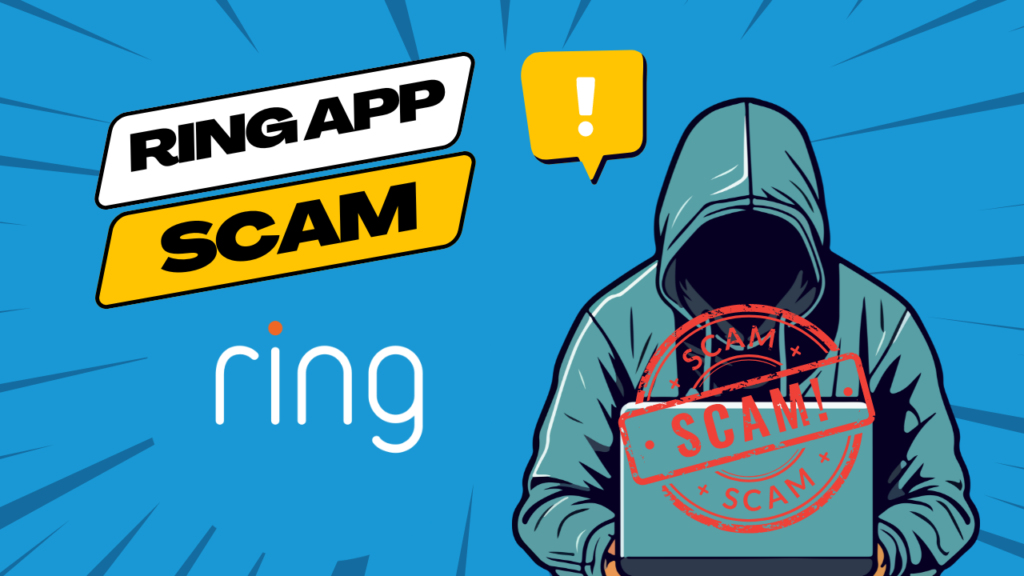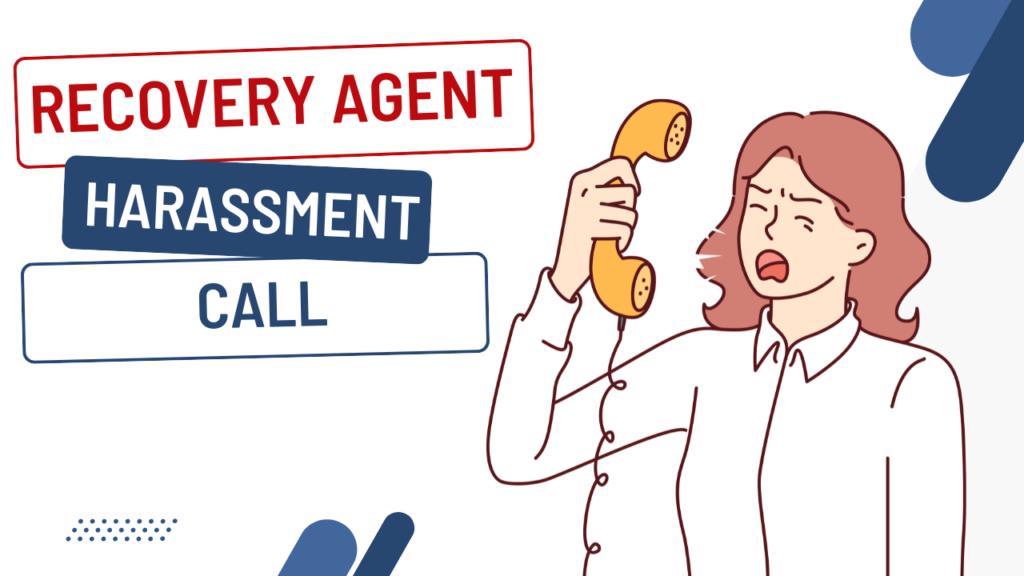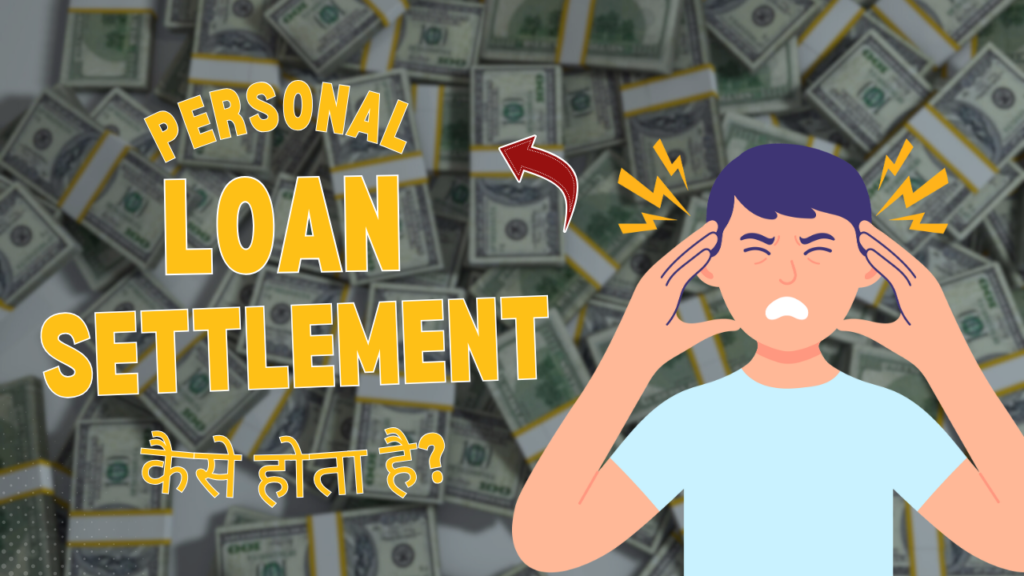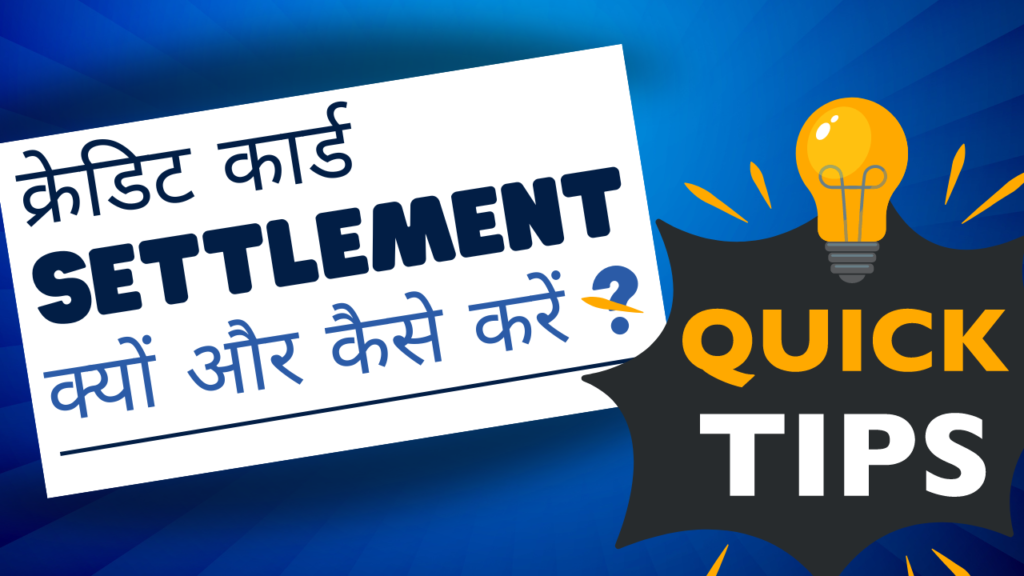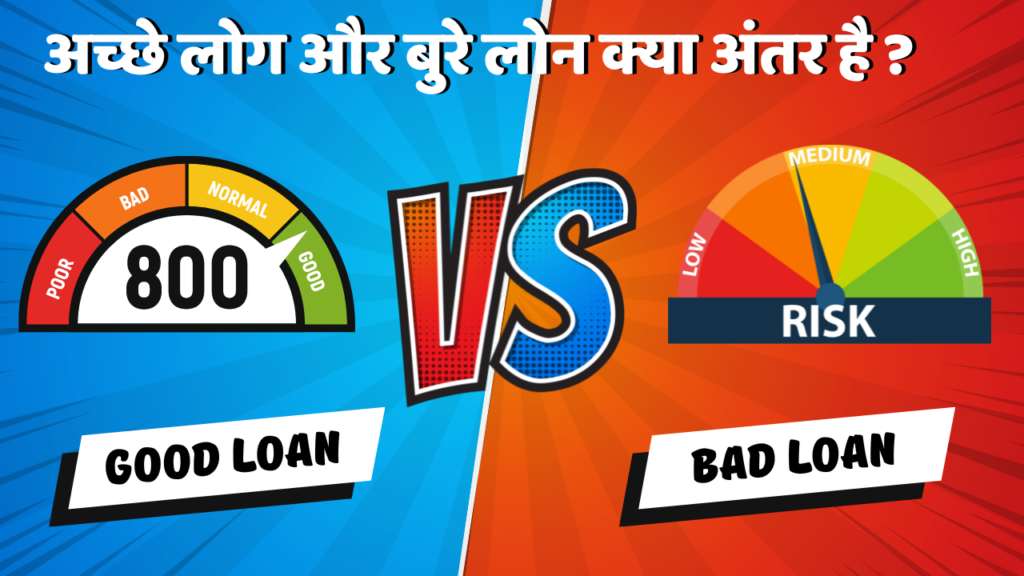It refers to a procedure whereby a borrower agrees with the lender to repay an amount lower than the amount due in lump sum in lieu of closing the loan. A one-time loan settlement is primarily availed of by borrowers in times of financial constraint, hence, unable to make monthly installments or clear the loan entirely.
Although a one-time settlement may give immediate relief in terms of the burden of debt, it also brings about long-term implications for the borrower’s credit score and his or her financial health. One-time settlements in India are often sought for personal loans, credit cards, and business loans.
Key Features of a One-Time Loan Settlement
- Negotiated Reduction: The lender takes a reduction of the outstanding amount for one payment.
- Debt Resolution: The settlement closes the debt but marks it as “settled” on the credit report rather than “paid in full.”
- Credit Score Impact: Settlement will reduce the credit score, which would later affect borrowing capacity.
- Lender-specific terms: settlement terms and discount terms might be different as a function of lender and borrower-specific conditions.
How Does a One-Time Loan Settlement Work?
The one-time loan settlement process involves several key steps. Knowing each step will help the borrowers approach the lenders confidently and make informed decisions.
Evaluation of Financial Situation
It is essential to analyze your financial position before making a settlement request. Determine how much you can offer as a settlement amount by considering your savings, income, and other financial resources. Lenders are more likely to consider settlement if they recognize that the borrower is in a genuinely challenging financial situation. Be prepared to present evidence, such as recent income statements or bank records, to demonstrate financial hardship.
Negotiate with the Lender
Following your evaluation, call the collection or recovery department of the lender. Explain your current situation to them and say it is tough for you to meet the regular installment payments on loans. Request that the lender allow a one-time settlement. Go to the lender with a settlement amount that you can pay outright. The lender would first do an internal assessment based on your previous repayment behavior, your current income, and even financial history before he can agree to the settlement figure.
Acceptance of Settlement Terms
Once an agreement is reached, the lender will express these terms, including how much and when you will pay, and as they intend to report to your credit report. You should request them for a settlement document that includes these terms. This is important because this will become a document as proof in case of possible disputes over repaying your loan with them in the future. Some of them may require you to clear any pending charges, pending charges usually include late fees.
Paying the Amount
Pay the agreed amount as a lump sum on or before the agreed date. Many lending institutions require this to be done in one go. So, have the amount handy. After paying, the lender will update the loan status as “settled” and close the account.
Credit Report Verification
Check your credit report after settlement to ensure that the loan is marked “settled”.
Ensure that your lender has updated your credit record to reflect the settlement, any mistakes or errors must be brought to the attention of the credit bureau and lender as they can create future complications.
When to Consider a One-Time Loan Settlement?
One-time settlement is a significant financial decision and thus appropriate only for extreme cases of financial distress. Some of the scenarios in which settlement might be appropriate include:
- Unemployment or Loss of Income: The loss of a job or a main source of income may limit an individual’s ability to manage debt.
- Aside from these, sky-rocketed medical expenses besides chronic health diseases may also inhibit the financial position of a lender.
- Poor performance of the business may make small business owners and self-employed people default on loans.
- Unmanageable Debt: Settlement can be an exit if debts are piling up, especially when other options of payment have been depleted.
Pros and Cons of One-Time Loan Settlement
Like any one-time financial decision, a loan settlement has its downsides and upsides; these must be weighed accurately before finalizing.
Benefits of One-Time Loan Settlement
- Debt Relief: A one-time settlement immediately frees the borrower from the burden of a debt that had to be paid off, as the account can now be closed with just one single payment.
- The settlement with the lender will also minimize the chances of any lawsuit or aggressive collection activities.
- Reduction of Tension: Unmanageable debt can be a very stressful matter, and the settlement will reduce the financial tension caused by the debt.
- Simple Lump Sum Settlement: Dealing with missed instalments can be a hectic issue, and single lump sum resolution of debt will simplify it.
Disadvantages of Single Lump Sum Settlement of Loans
- Bleeding Credit Score: The settlement of the loan is reported as “settled,” not as “paid in full.” Thus, credit scores suffer.
- Future Loan Issues: A settled account could raise red flags for lenders, hence making it disadvantageous while applying for other loans or credit facilities.
- Low Discounts: Lenders do not often offer big discounts; the amount could be substantial too.
- Residual Charges: Other charges or interest, the lender might add at time of settling of account, hence the question arises about any extra fees or charges on account.
Impact of One-Time Loan Settlement on Credit Score
Among the most severe outcomes of a single loan settlement is its effect on credit scores. Here’s how it affects credit:
- Credit Score Droop: On account of a credit history maintained by the borrower, a settlement results in credit scores falling severely.
- Reported as “Settled”: The word “settled” is a term that indicates partial payment and it is also a negative term, meaning that the debt was not paid fully.
- Reduced Creditworthiness: A settled account can be seen by the future lender as a mark of financial risk and, thus, may ask for stricter eligibility criteria for loans.
- Long-term Impact: The “settled” status can stay on credit reports for seven years, so rebuilding credit slowly is very important.
Rebuilding Credit After a One-Time Loan Settlement
Although a single settlement might severely drop the credit scores, there are ways in which borrowers can regain their creditworthiness:
- Pay bills on time: It saves time and improves payment history, which eventually helps improve your credit score.
- Low Credit Utilization: Your credit utilization ratio must be less than 30% of the available credit limit in order to reflect good credit usage.
- Diversified Credit: Having a combination of secured loans such as home loans and unsecured loans such as credit card is positive for credit.
- You can monitor your credit report to spot errors and address any incorrect information.
Alternatives to One-Time Loan Settlement
A one-time settlement may not be possible for all. There are a few alternatives that may work for a borrower, depending on his financial situation:
- Loan Restructuring: The lender can restructure the loan by either increasing the tenure or reducing the interest rate so that the monthly installments are made more comfortable.
- Consolidation of debt: A borrower having multiple loans can consolidate debts into one loan at a lower interest rate.
- Balance Transfers: Transfer high-interest loans to a credit option that has lower interest and relieve repayment issues.
- Seek Professional Help: Credit counselors and financial advisors are professionals who may lead the debtor through debt management plans without having to go to settlement.
Is One-Time Loan Settlement the Right Option for You?
A one-time settlement is usually a last resort and more for the borrowers facing a severe financial crunch. Though it might give relief, the blow to the credit score and borrowing capacity cannot be overlooked. Here are a few questions to consider before deciding:
- Is every other option of repayment, be it restructuring or consolidation, depleted?
- Can I get a discount based on current finances?
- Could I be willing to rebuild my credit score over the next few years?
If you answer “yes” to these questions, a settlement might be suitable. However, if you are unsure, consulting with a financial expert is advisable.
Conclusion
A one-time loan settlement would allow borrowers experiencing financial hardship the opportunity to resolve outstanding debts; however, these will have long-term effects on credit. Borrowers may use settlement for quick debt relief; however, such an option may be considered once other alternatives are exhausted, and settlement may hurt their financial health for years afterward. For a borrower who elects to settle, credit repair and responsible money habits are imperative to rebuild good credit.
FAQ’s
Ans: The discount varies but typically ranges from 20-50% of the outstanding balance, depending on the lender’s policy.
Ans: Yes, a settled loan can negatively impact your credit score and make it harder to get approved for new credit in the future.
Ans: A settlement record generally stays on your credit report for up to seven years, affecting creditworthiness.
Ans: Loan restructuring is often preferable as it doesn’t impact credit scores as significantly. It’s worth exploring restructuring options before opting for a settlement.

